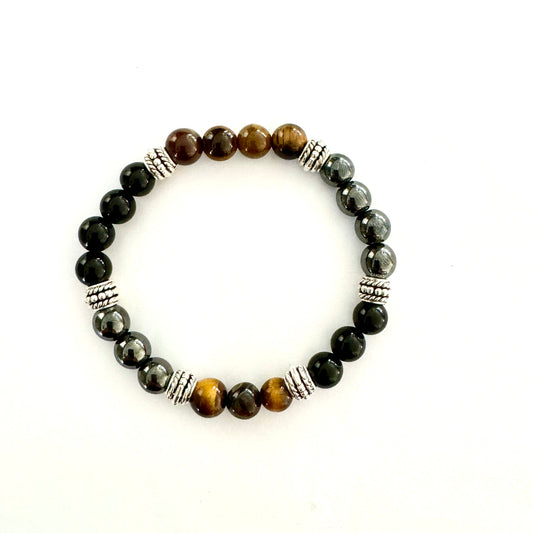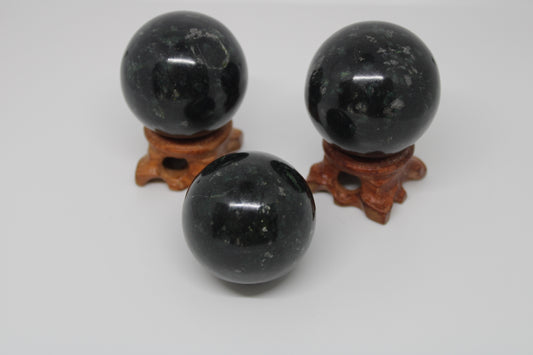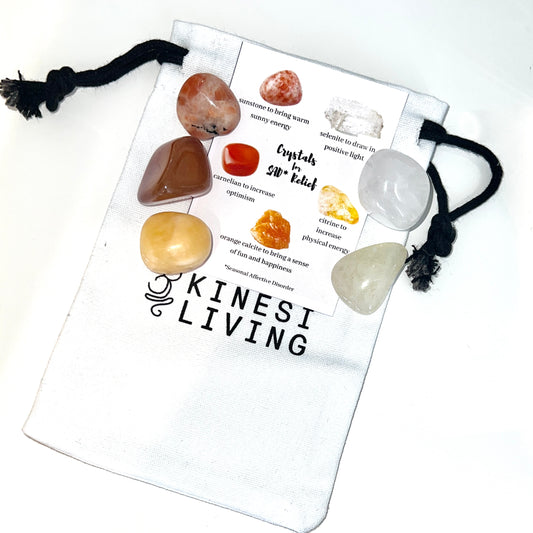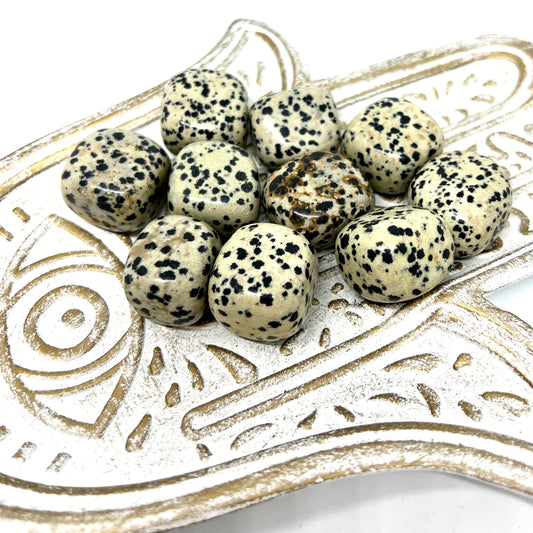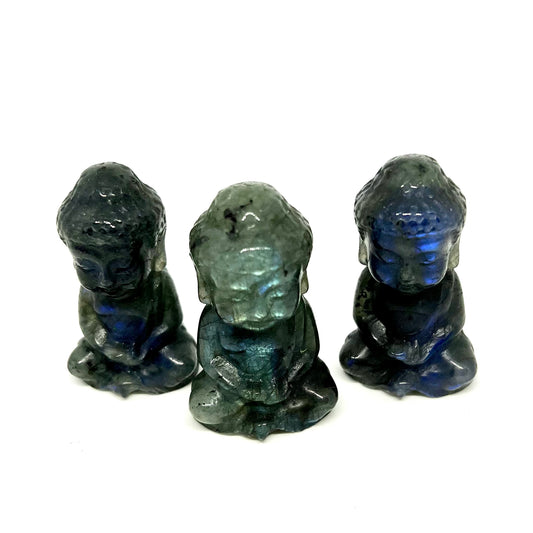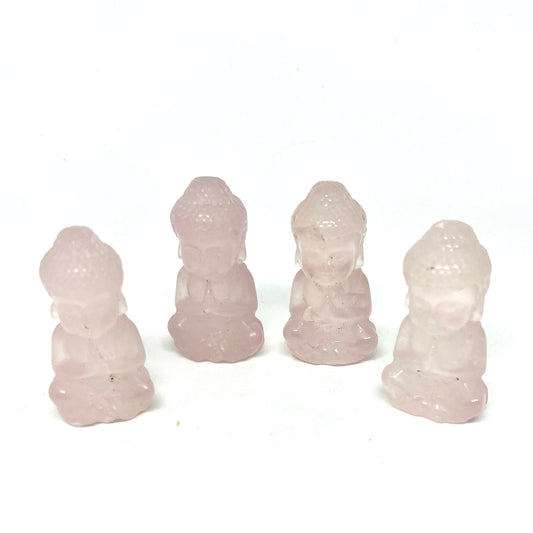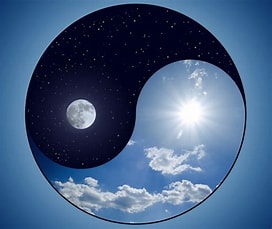
Understanding the Dynamics of Yin and Yang in Chinese Philosophy
Share
Welcome seekers of equilibrium and enlightenment!
First things first - any body else have one of those fighting fish and peace lily plant combos? I know I did and that was decades ago, the way they live in harmony but are seemingly polar opposites by nature, they live by literally feeding from each other, the epitome of interconnection at their core. It was incredible to watch and fascinating to process how it worked so easily - this is where I first started learning about Yin & Yang 🥰
Today, we go much deeper, we delve into the profound concepts of yin and yang, fundamental to Chinese philosophy. These concepts elucidate a cosmic interplay of opposites, pivotal in maintaining the balance and rhythm of existence. Though their names may seem solemn, yin and yang are not just abstract principles; they are the foundational elements that harmonize the universe. So, let's embark on an insightful journey through the intricacies of balance and harmony.
Yin and Yang: Conceptual Foundations
To begin, let's demystify yin and yang. Yin embodies feminine, cool, passive, and receptive qualities, while Yang embodies masculine, heat, active, and assertive attributes. Together, they form a dynamic equilibrium, continuously shifting and intertwining in a cosmic dance of creation and transformation. This symbiotic relationship is central to understanding the fabric of existence.
Integration of Ancient Wisdom and Modern Science
The wisdom of yin and yang finds resonance in contemporary research, bridging ancient philosophy with modern scientific inquiry. Studies indicate that the principles of yin and yang are applicable across various domains, including psychology, health, and social dynamics. For instance, imbalances in yin-yang dynamics can influence psychological well-being, with potential repercussions on stress levels and overall quality of life. Moreover, traditional Chinese medicine emphasizes restoring yin-yang equilibrium to address a spectrum of health issues, garnering attention from researchers exploring integrative approaches to wellness.
Navigating Life's Contrasts
In our daily lives, embracing the principles of yin and yang entails finding harmony amidst dichotomies. Here are some practical strategies to embody this balance:
Embrace Complementarity: Rather than viewing yin and yang as opposing forces, acknowledge their interdependence. Recognize that equilibrium arises from the interplay between contrasting energies.
Mindful Awareness: Listen to your body's cues and honour its need for both rest and activity. Cultivate mindfulness to work out when to engage in dynamic pursuits and when to prioritize rejuvenation.
Harmonious Environments: Create environments that reflect the interplay of yin and yang. Incorporate elements such as soft lighting and tranquil hues to evoke yin qualities, balanced by vibrant accents and energizing stimuli representing yang.
Yin and yang offer profound insights into the nature of existence, guiding us towards balance and harmony. From their ancient origins in Chinese philosophy to their contemporary relevance in scientific inquiry, these principles underscore the interconnectedness of all phenomena. By embracing the dance of opposites and integrating yin-yang dynamics into our lives, we embark on a journey towards holistic well-being and spiritual alignment. So, let us navigate life's contrasts with grace, guided by the timeless wisdom of yin and yang.




